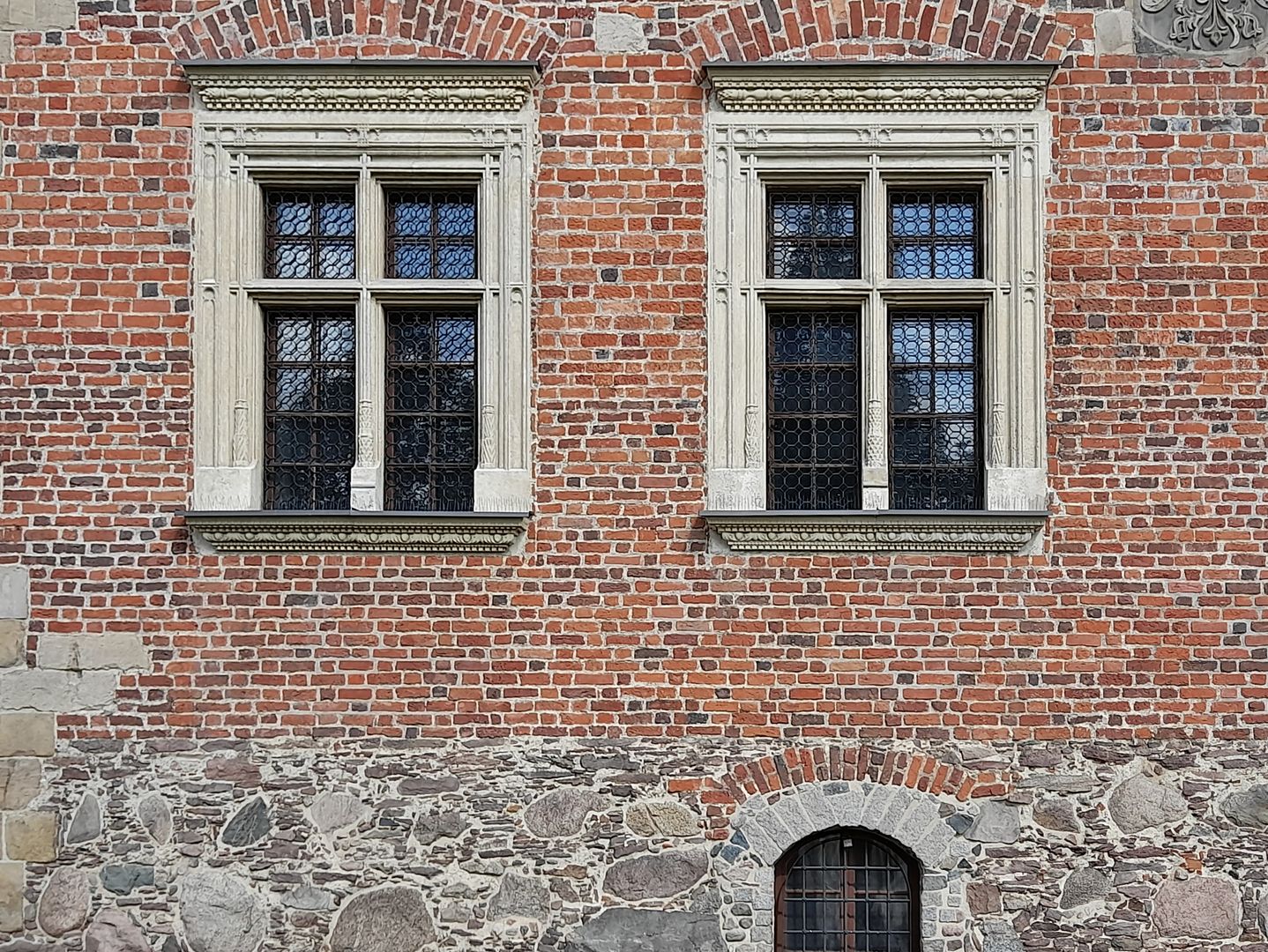Royal Castle in Piotrków Trybunalski
6.68

Overview
The Royal Castle in Piotrków Trybunalski, built between 1512 and 1519 on the orders of King Sigismund I the Old, is an example of Gothic-Renaissance architecture. Designed by Master Benedict of Sandomierz, it takes the form of a residential tower distinguished by its brick and sandstone construction. The castle served as a residence for the king during parliamentary sessions in Piotrków and as the seat of the district starost. The castle's history is turbulent—partially destroyed during the Swedish Deluge, it was rebuilt by Michał Warszycki, the starost of Piotrków, who altered the roof shape and placed an eagle with the Warszycki coat of arms at its peak. In 1918, the castle came under the management of the Polish Sightseeing Society, and in 1922, the Regional Museum of the Piotrków Land was opened there. Since 1970, after restoration aimed at returning the building to its original appearance, the castle has once again served as a museum. The castle features a three-chamber layout and a high ground floor with a rectangular plan, and its façades were carefully designed, giving the structure a stable yet not overwhelming appearance. The interiors served residential and representative functions, tailored to the needs of the king and officials. The castle also houses a unique staircase built into the structure, lending it a modern character for its time. Architectural decorations inside have survived only in fragments, yet remnants of marble floor tiles and stonework elements attest to its former richness. The castle symbolized not only the monarch's prestige but also his power, highlighting the importance of architecture in historical and cultural contexts. The tower form emphasized the king's supreme position, and its architecture stood out in Europe among other royal residences. Interestingly, similar tower forms, such as the White Tower in London and the donjon in Vincennes, also served military and residential functions, reflecting their symbolism and ideology of power.
Location
2025 Wizytor | All Rights Reserved